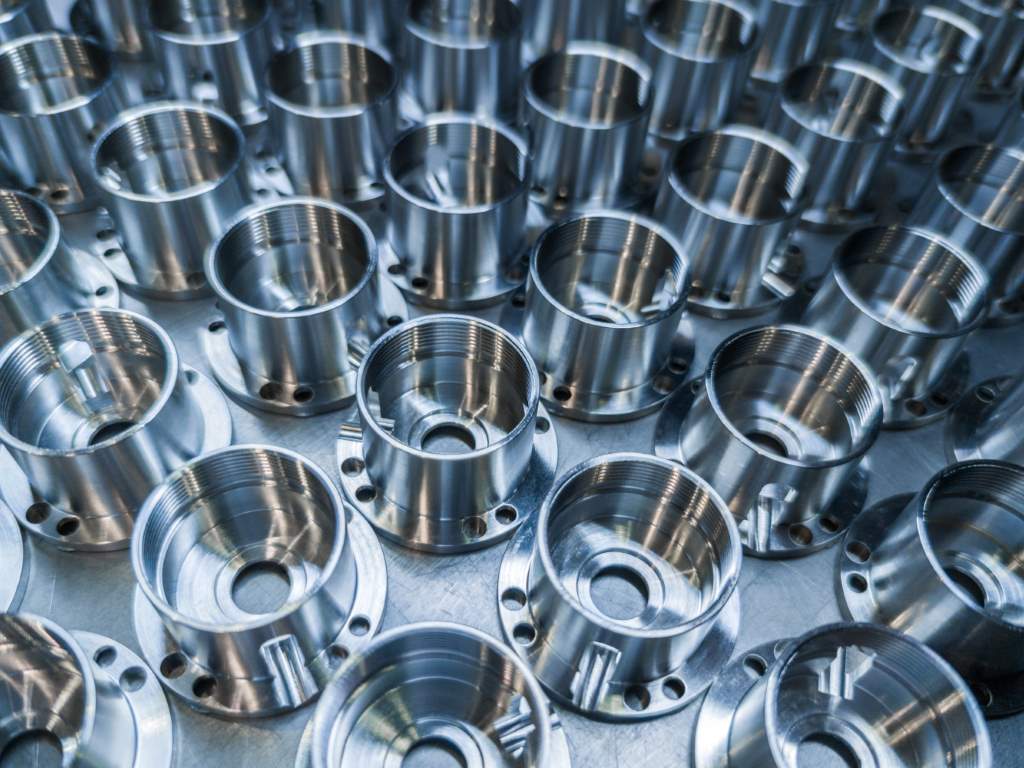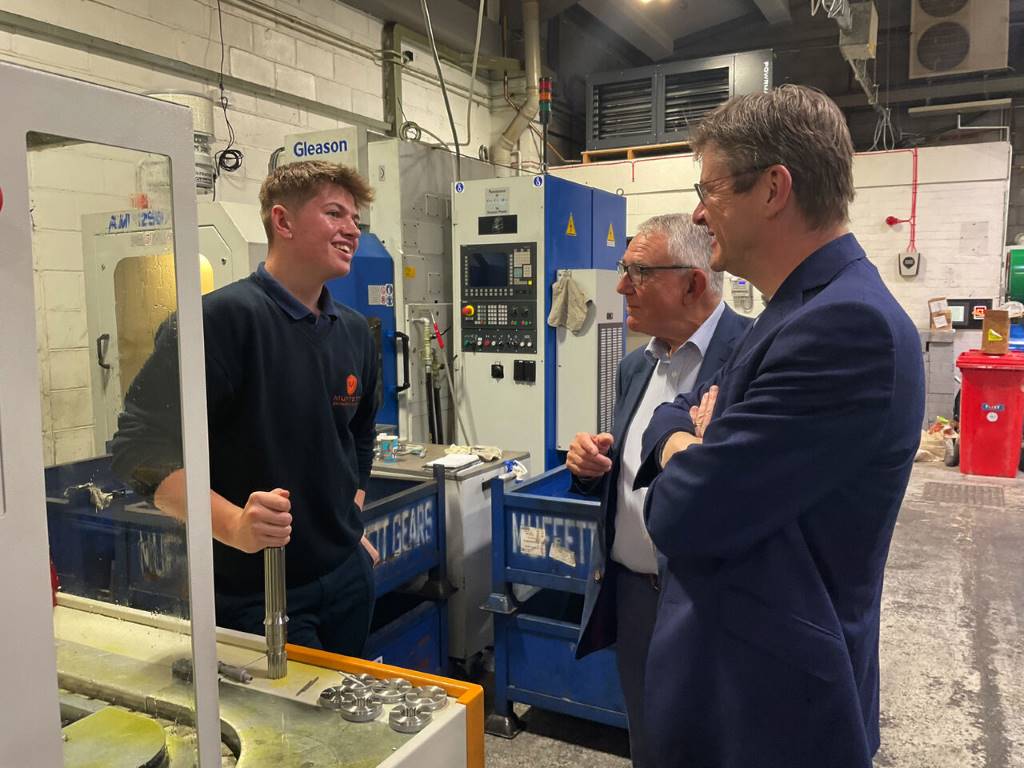Optimising downtime: a guide to improving productivity during manufacturing shutdowns

Shutdowns are costly, so it is vital to ensure you make the most of these periods. Ahead of the Christmas period, Mathew Kavanagh, head of engineering at MSC Industrial Supply Co. UK explains how to effectively plan and best execute a shutdown, while benefiting from better factory efficiency, lower energy use, and fewer equipment breakdowns.
Planned shutdowns are an integral part of life for a UK manufacturing company, giving you breathing space to properly maintain and service your machinery. However, are you making the most of this opportunity to improve productivity? Here are five steps you can take to ensure that your shutdown helps to increase efficiency and safety.
Devising a plan
When formulating a plan, start with the realistic outcomes you want to achieve within the time frame available. Questions to ask yourself include how long will the shutdown last; how much manpower will I need to complete all tasks; do I need to close the entire factory, or only certain lines; and which equipment should I prioritise?
Other elements to consider include what parts and consumables do I need to carry out these tasks; how do I prevent a shutdown from causing issues; and do I need to hire in additional equipment?
Coolant and sump pump maintenance
A key factor in ensuring a successful shutdown is to include proper maintenance of coolant and sump pumps in your plan. An idle sump is a prime breeding ground for the bacteria that causes dermatitis – not to mention producing undesirable odours.
Coolants need to move around, and even a well-maintained sump will go rancid if left unattended for weeks on end. The simplest solution is to have someone come in every few days to turn on the machines and let the pumps run for about an hour. This aerates the cutting fluid, preventing it from going bad and coats the machine surfaces, helping to maintain protection against rust. During this process, it’s also wise to balance the pH – and if required, increase the concentration levels a few percent, as this also helps reduce bacteria growth.
Many machines will have a pre-programmed routine that will get the spindles turning, the guideways moving, and the tool changers changing and these procedures will help prevent possible future damage to bearings and other mechanical components. Check the fluid levels periodically – just because the machine isn’t making parts doesn’t mean it’s not consuming fluids. There is also the risk of cutting fluid contamination, as used lubricants make their way into the sump. The solution is to make sure that each machine’s skimming unit, if it has one, is in good working order.
Finally, if you have the time, thoroughly clean each sump and wipe down the rest of the machine as well. Additional actions could include replacing the desiccant within the breather cap on each hydraulic reservoir, as well as topping off the reservoir itself, together with its way oil counterpart.
Improving safety
Planned pauses in production are a great opportunity to improve shopfloor safety. This could include painting the floor, which helps prevent employee injuries due to slips and trips. Other considerations are cleaning and renewing lighting to improve visibility, and PAT testing – why not certify your power tools and other electrical equipment during this downtime? Finally, you could also use the break to schedule maintenance and service of forklifts, warehouse equipment, and other company vehicles.
Another safety measure to consider is having the right equipment if you are working at height or moving machinery. Think about hiring in powered access platforms (cherry pickers), mobile cranes or riggers to ensure you protect worker safety and reduce risk of incidents.
Other considerations
For longer shutdowns, remember to remove all vices, fixtures, toolholders, turret blocks, and rotary tables from the machine tool. They should be cleaned and lightly lubricated, then stored correctly. It might seem like a lot of work, but they also cost a lot of money to replace.
Other considerations should include maintaining equipment, for example, checking and recalibrating lasers on CNC lathes and machining centres, or replacing worn parts on saws. It is also a good time to inspect and maintain air compressors, as well as calibrating gauges in the control room.
While painting the floor can improve safety, painting the walls can refresh the working environment. A shutdown is also the ideal time to review, update and replace signage.
Learning to improve
The final step in any effective shutdown should be reviewing how the tasks went. Learning from any mistakes is part of the continuous improvement culture that should be core to any manufacturing or engineering facility.
A solid plan at the outset will get you most of the way towards an effective, efficient shutdown. Identifying areas where you can do better next time around will make sure that the next occurrence is even more productive.
MSC Industrial Supply
www.mscdirect.co.uk













